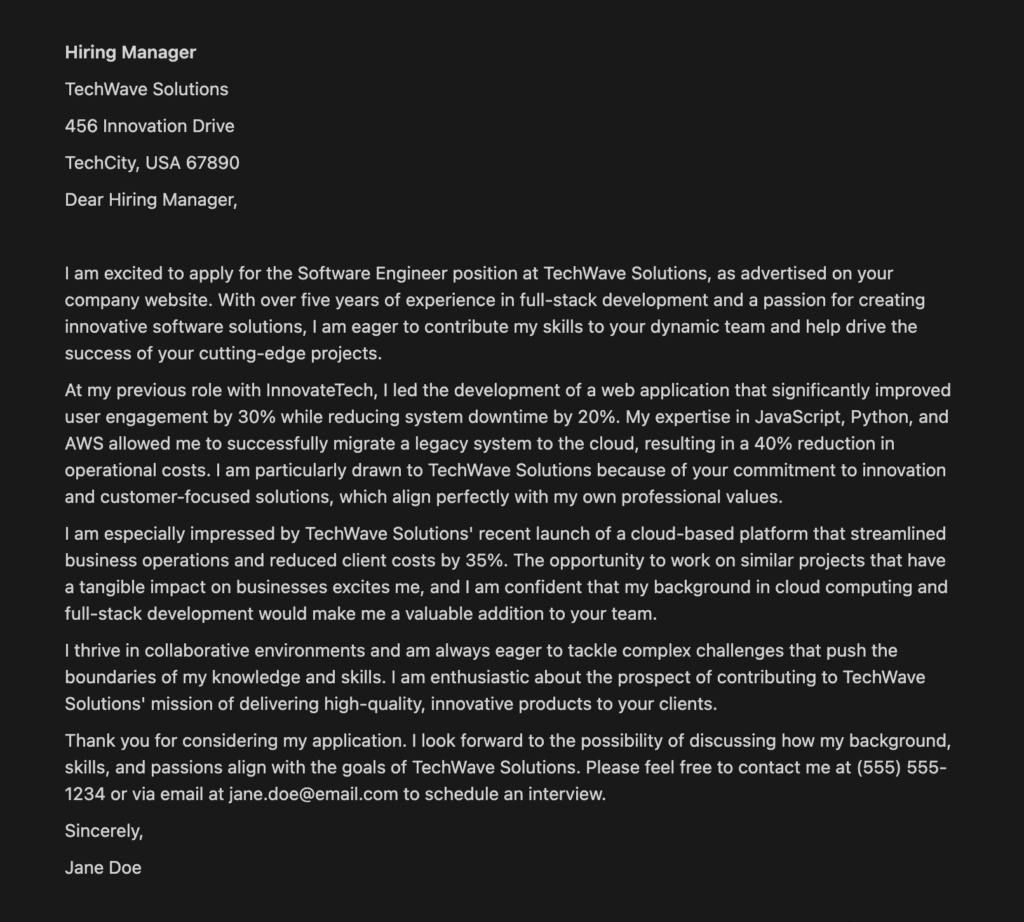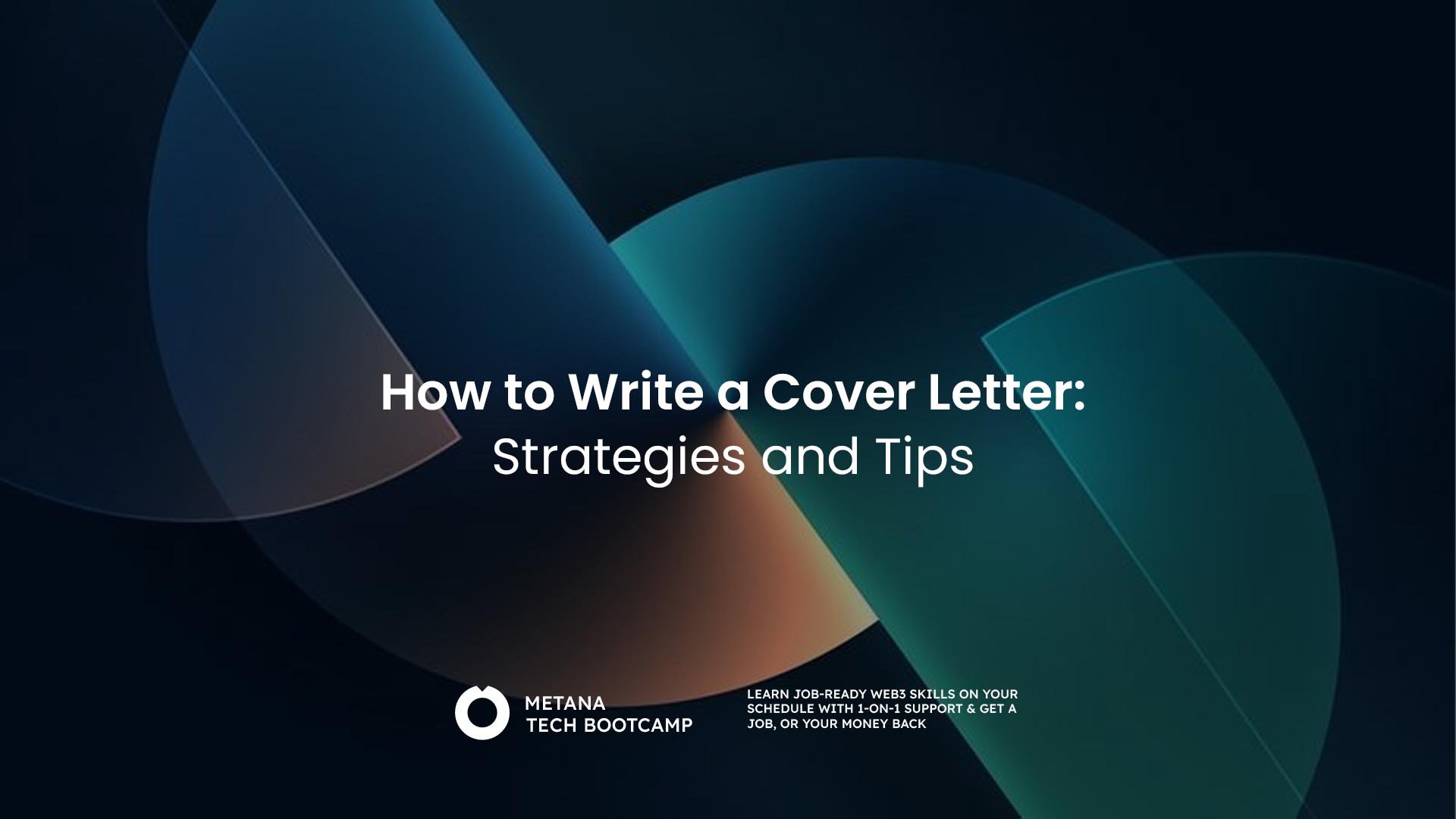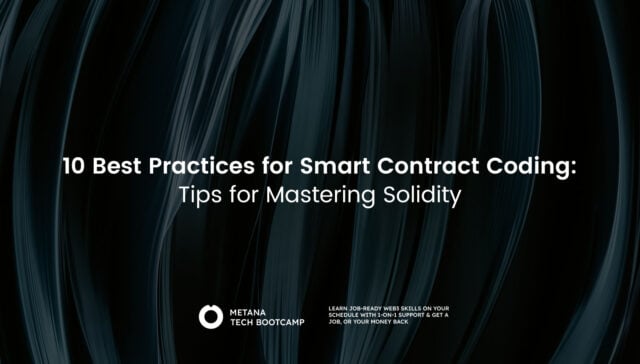In today’s competitive job market, standing out as a candidate is more critical than ever. The influx of applicants for a single position often results in employers having to sift through hundreds of resumes and cover letters. To make a lasting impression, a strong job application is essential, serving as a crucial first step in the job application process.
A comprehensive job application package typically consists of two core documents: your resume and your cover letter. Each serves a distinct purpose but must work harmoniously together. While your resume outlines your professional history—skills, experiences, and qualifications—the cover letter provides context, highlights specific achievements, and conveys your enthusiasm for the role. Understanding how to write a cover letter that effectively complements your resume is integral in showcasing your unique value to prospective employers.
Why Your Resume Isn’t Everything
The cover letter is often overlooked but holds immense power in the job application process. While the resume outlines qualifications, the cover letter brings your application to life. It’s your opportunity to demonstrate a deep understanding of the company and the role, and to articulate how your unique skills and experiences align with the employer’s needs.
By crafting a personalized cover letter for each job application, you can effectively highlight the specific qualities that make you an ideal candidate. Using cover letter and resume templates can help you organize your experience clearly and professionally, providing a solid foundation to build upon. Avoid generic templates; instead, focus on tailoring your message to resonate with the particular company and position. A well-written cover letter not only complements your resume but also showcases your communication skills and enthusiasm, making it an indispensable component of your job search strategy.
What is a Cover Letter?
A cover letter is a formal document accompanying your resume in the job application process. Unlike your resume, which serves as a concise summary of your work experience and qualifications, a cover letter provides an opportunity to present a more narrative-driven context for your application. Its primary purpose is to explain why you are a suitable candidate for the position, emphasizing key skills and experiences that align with the job requirements.
Elements of an Effective Cover Letter
An effective cover letter must be strategically structured and thoughtfully written. Here are essential components to include:
Header and Salutation:
- Use a professional cover letter format, including your contact information, the date, and the employer’s details. Address the letter to a specific individual whenever possible to establish a level of professionalism.
Compelling Opening Paragraph:
- Start with a strong introduction that captures the reader’s attention. Briefly state the position you are applying for and convey your enthusiasm for the opportunity.
Body Paragraphs:
- Highlight Your Achievements: Discuss relevant accomplishments, using metrics where applicable to demonstrate your impact.
- Showcase Your Skills: Tailor your skills and experience to the job description, ensuring you communicate why you are an ideal candidate.
Strong Closing Statement:
- End with a call to action that expresses your eagerness for an interview. Thank the employer for their consideration and restate your interest in the role.
Differences Between a Cover Letter and a Resume
While both documents are critical to the job application process, they serve different functions:
| Feature | Cover Letter | Resume |
|---|---|---|
| Purpose | Tells a story, personalizes your application | Provides a factual account of your work history |
| Length and Detail | Expansive, allows for explanation and elaboration | Succinct, typically limited to one or two pages |
| Tone and Structure | Narrative form, reflects your voice and enthusiasm | Format-driven, uses bullet points for easy scanning |
How to Write a Cover Letter?
Research is Key
Before you start writing, delve deep into the company and the specific role.
- Analyze the Job Description: Identify key skills and responsibilities.
- Explore the Company Website: Understand its mission, values, and culture.
- Leverage Social Media: Gain insights into recent projects and company culture.
Hook Your Reader
The opening paragraph is your first impression.
- Personal Connection: Mention shared interests or mutual connections.
- Clear Intent: State the position you’re applying for and your enthusiasm.
- Compelling Fact: Highlight a significant achievement to grab attention.
Showcase Your Strengths
The body of your cover letter should highlight your qualifications.
- Quantify Achievements: Use numbers to demonstrate your impact (e.g., “Increased sales by 20%”).
- Align with the Job: Focus on skills and experiences relevant to the position.
Close with Impact
Your closing paragraph should leave a lasting impression.
- Express Interest: Reiterate your enthusiasm for the opportunity.
- Call to Action: Politely request an interview.
- Show Gratitude: Thank the employer for considering your application.
Your Cover Letter is an Introduction
Think of your cover letter as a preface to your resume.
- Complement Your Resume: Provide context for your qualifications.
- Offer Personal Insights: Share stories or anecdotes to connect with the employer.
By following these guidelines and tailoring your cover letter to each job application, you’ll significantly increase your chances of landing an interview.
Common Cover Letter Mistakes and How to Avoid Them
A well-crafted cover letter can significantly enhance your job application. However, common missteps can hinder your chances of landing an interview. Here are some frequent errors and how to rectify them:
- Generic Content: Using a one-size-fits-all approach can make your application seem impersonal and inauthentic. Instead, tailor each cover letter to the specific job and company. Highlight how your unique skills and experiences align with the employer’s needs. Avoid generic phrases and clichés that fail to demonstrate your value.
- Ignoring the Job Description: Failing to address the specific requirements outlined in the job description demonstrates a lack of attention to detail. Carefully analyze the job posting and identify key skills and responsibilities. Incorporate relevant keywords into your cover letter to optimize your application for applicant tracking systems (ATS) and to showcase your understanding of the role.
- Poor Formatting and Structure: A visually unappealing or poorly organized cover letter can create a negative impression. Adhere to a standard business letter format, using clear headings and bullet points to enhance readability. Maintain consistent formatting throughout the document and ensure that your content is well-structured and easy to follow.
- Neglecting Proofreading: Typos and grammatical errors can undermine your credibility and professionalism. Thoroughly proofread your cover letter before submitting it. Consider using grammar-checking tools and seeking feedback from others to catch any mistakes.
By avoiding these common pitfalls and investing time in crafting a well-written cover letter, you can significantly improve your chances of securing an interview and landing your desired position.
Below is an example for a cover letter:

Conclusion
Your cover letter matters. It’s not just a formality; it’s your chance to shine. A well-written cover letter, combined with a strong resume, can significantly boost your job search.
Key points to remember:
- Personalize: Tailor your letter to each job.
- Highlight achievements: Use numbers to show your impact.
- Proofread carefully: Mistakes can hurt your chances.
By following these tips and using available resources, you can create cover letters that open doors.
Remember: Your cover letter is your first impression. Make it count!
FAQs:
What should be included in a cover letter?
- A cover letter should include a header, a salutation, an introduction, a body outlining your qualifications, and a closing statement.
How long should a cover letter be?
- A cover letter should typically be one page, consisting of 3-4 concise paragraphs that highlight your key qualifications.
How do I tailor a cover letter to a specific job?
- To tailor a cover letter, mention the job title, align your skills with the job description, and address the company’s needs directly.
Should I include my salary expectations in a cover letter?
- Only include salary expectations if specifically requested in the job posting, otherwise focus on your qualifications and fit.
How do I address a cover letter if I don’t know the hiring manager’s name?
- Use a general greeting like “Dear Hiring Manager” if the hiring manager’s name isn’t available. Avoid generic greetings like “To Whom It May Concern.”








